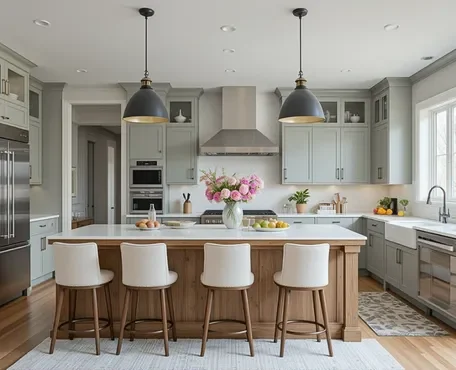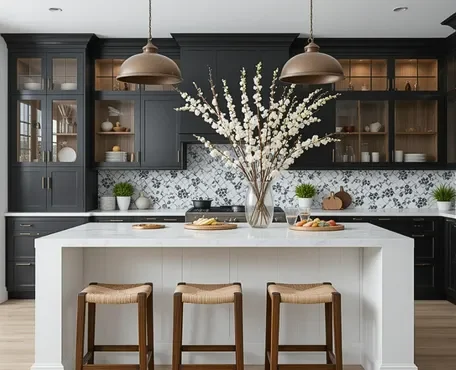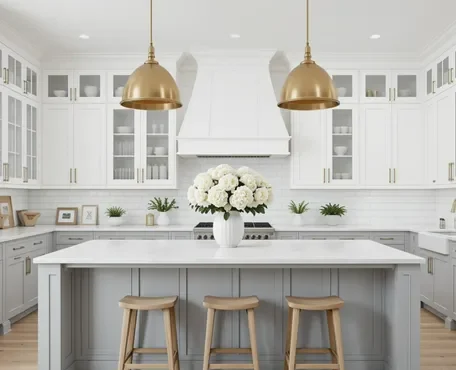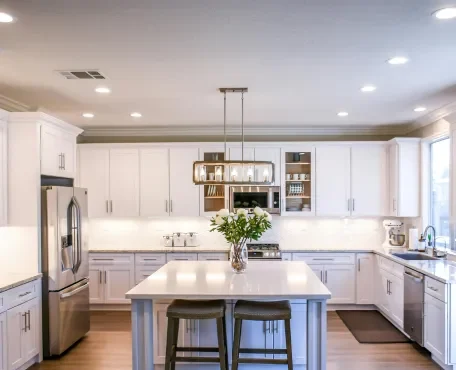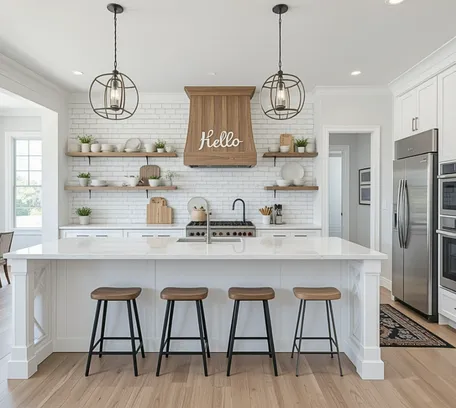
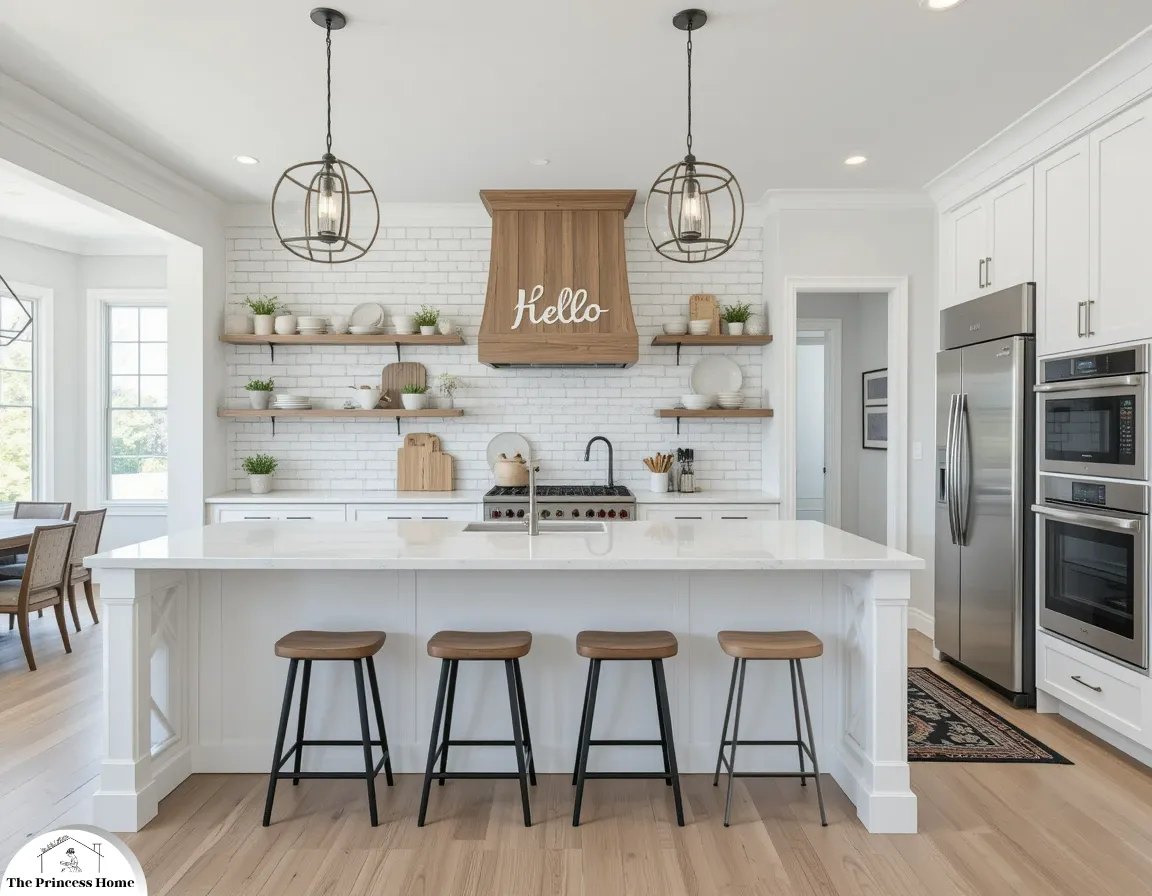
Dream Kitchen: Expert Tips to Make Your Vision a Reality
The kitchen is more than just a space for meal preparation; it is the heart of the home, where culinary creativity flourishes, memories are made, and connections are nurtured. The concept of a perfect kitchen, however, is far from a one-size-fits-all notion. It evolves with cultural shifts, technological advancements, and personal preferences. In this essay, we delve into the intricate components that collectively define a perfect kitchen, exploring the balance between aesthetics, functionality, and the emotional resonance it holds for individuals and families.
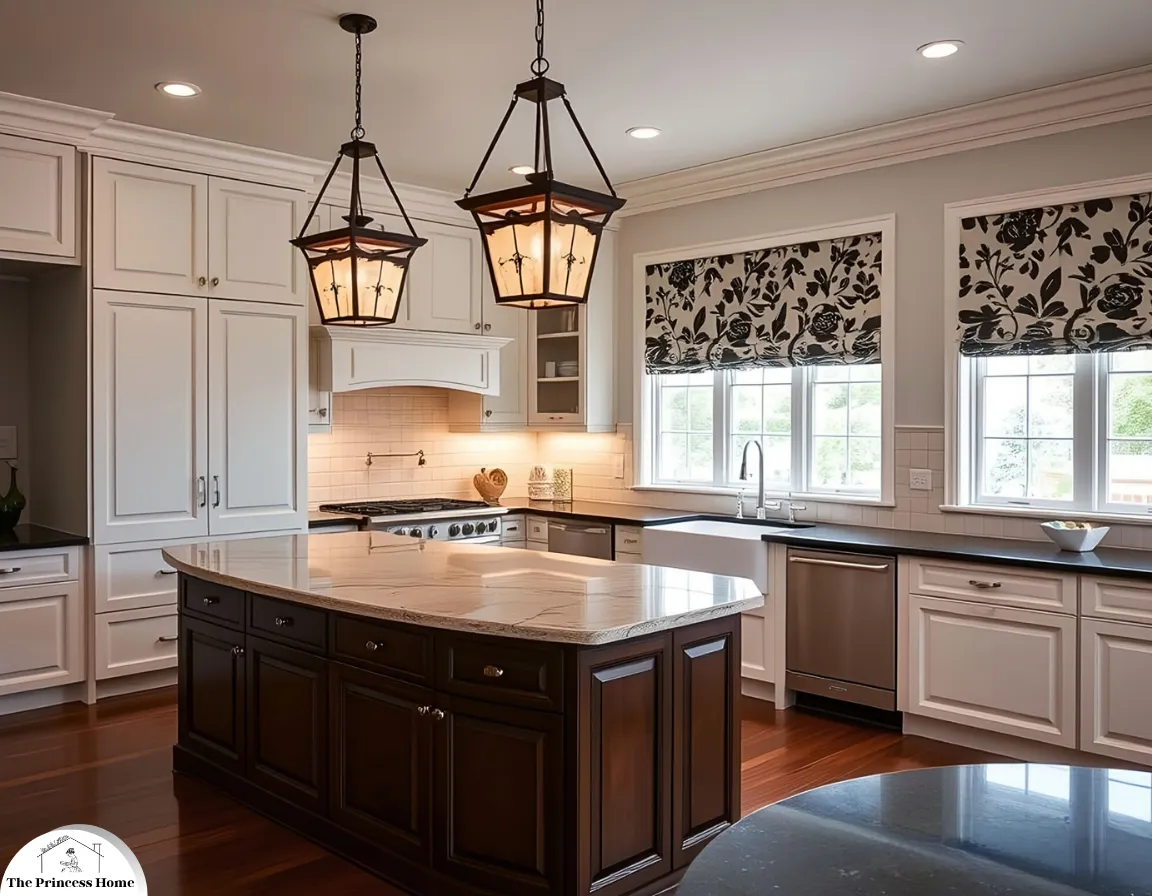
1. Aesthetic Appeal:
A perfect kitchen encompasses an aesthetic that resonates with its occupants, setting a harmonious tone for the entire living space. A blend of colors, materials, and design elements that reflect the owner’s personality and lifestyle creates an inviting atmosphere. Natural light is a cornerstone, enhancing the kitchen’s visual appeal and fostering a sense of openness. Thoughtful placement of windows and skylights ensures a connection to the outdoors, while also contributing to energy efficiency.
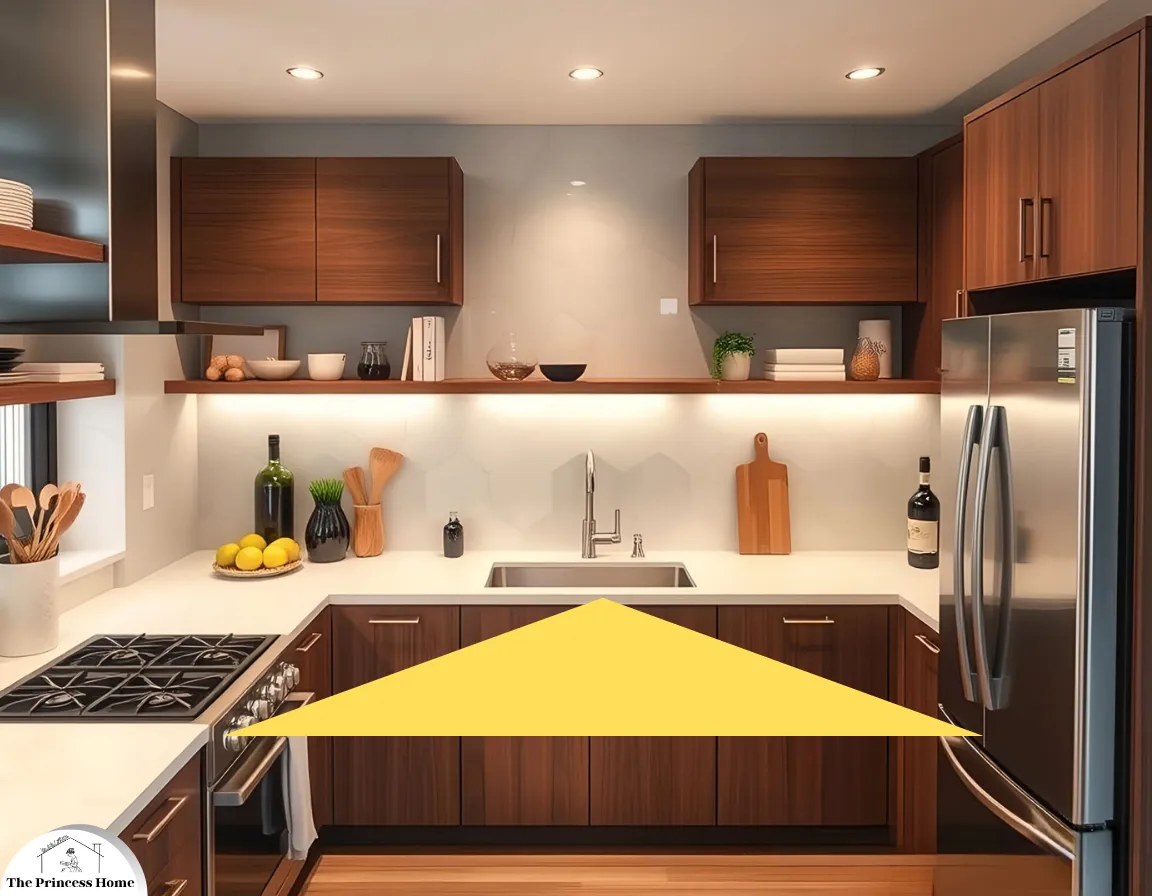
2. Layout and Spatial Efficiency:
An ideal kitchen design maximizes spatial efficiency without compromising aesthetics. The layout must cater to the triangular workflow between the stove, sink, and refrigerator, known as the work triangle. This ensures seamless movement during food preparation. Moreover, the placement of countertops, storage, and appliances should promote intuitive access, reducing clutter and streamlining tasks.
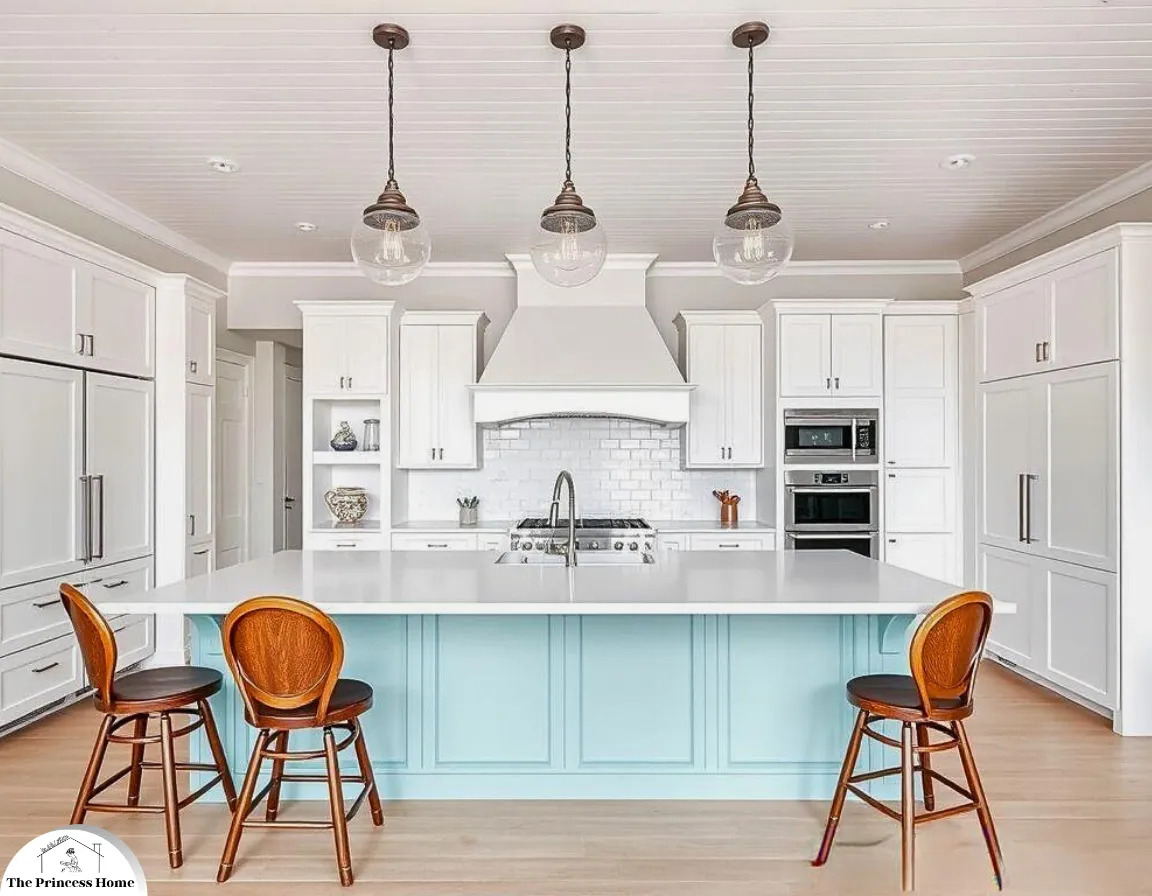
3. Ergonomic Considerations:
The perfect kitchen prioritizes ergonomics, taking into account the comfort and well-being of those who use it. Countertop heights, cabinet heights, and the positioning of appliances should be aligned with the height and preferences of the primary users. Ergonomic design minimizes physical strain, making culinary endeavors enjoyable and sustainable.
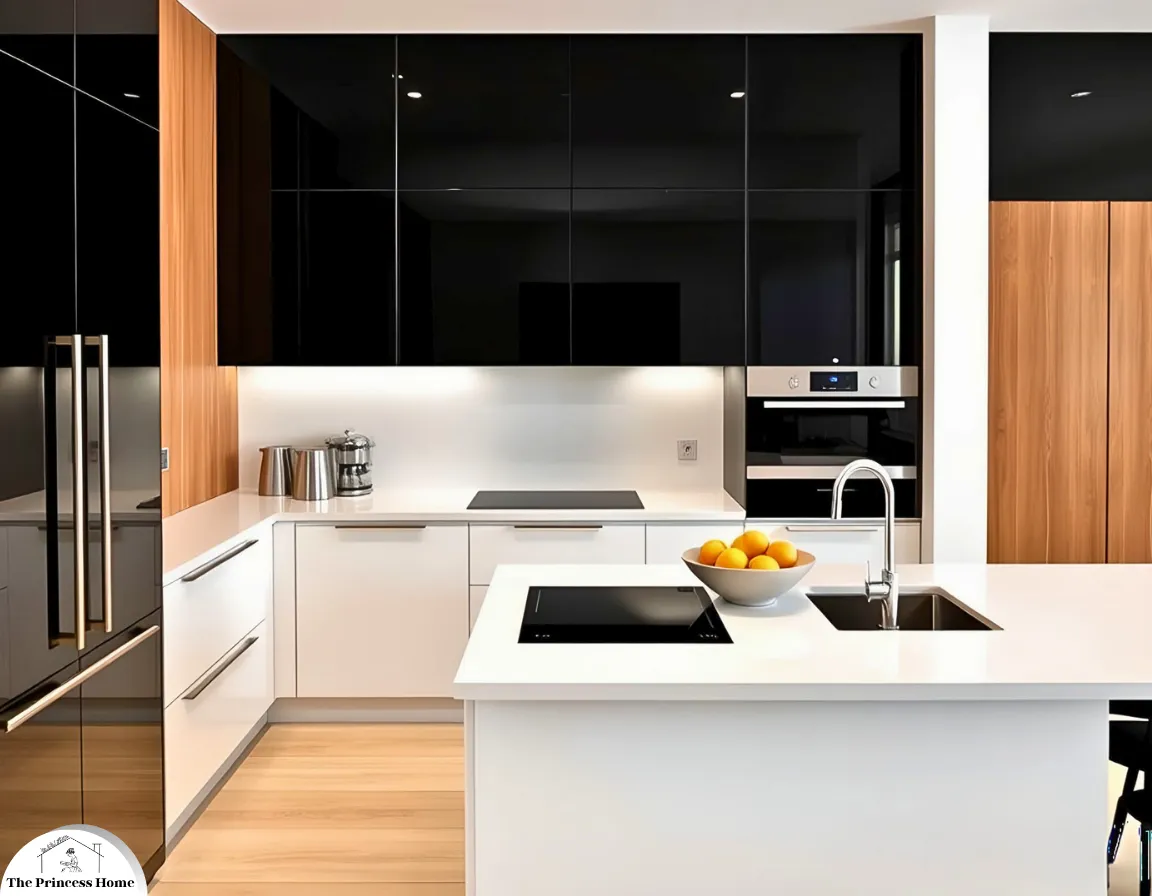
4. Appliances and Technology:
Modern kitchens are often equipped with cutting-edge appliances and technology that simplify tasks and enhance the cooking experience. From smart refrigerators that manage inventory to induction cooktops that offer precise temperature control, these innovations contribute to efficiency and culinary precision. The integration of technology also extends to recipe management, entertainment, and communication systems, transforming the kitchen into a multifunctional hub.
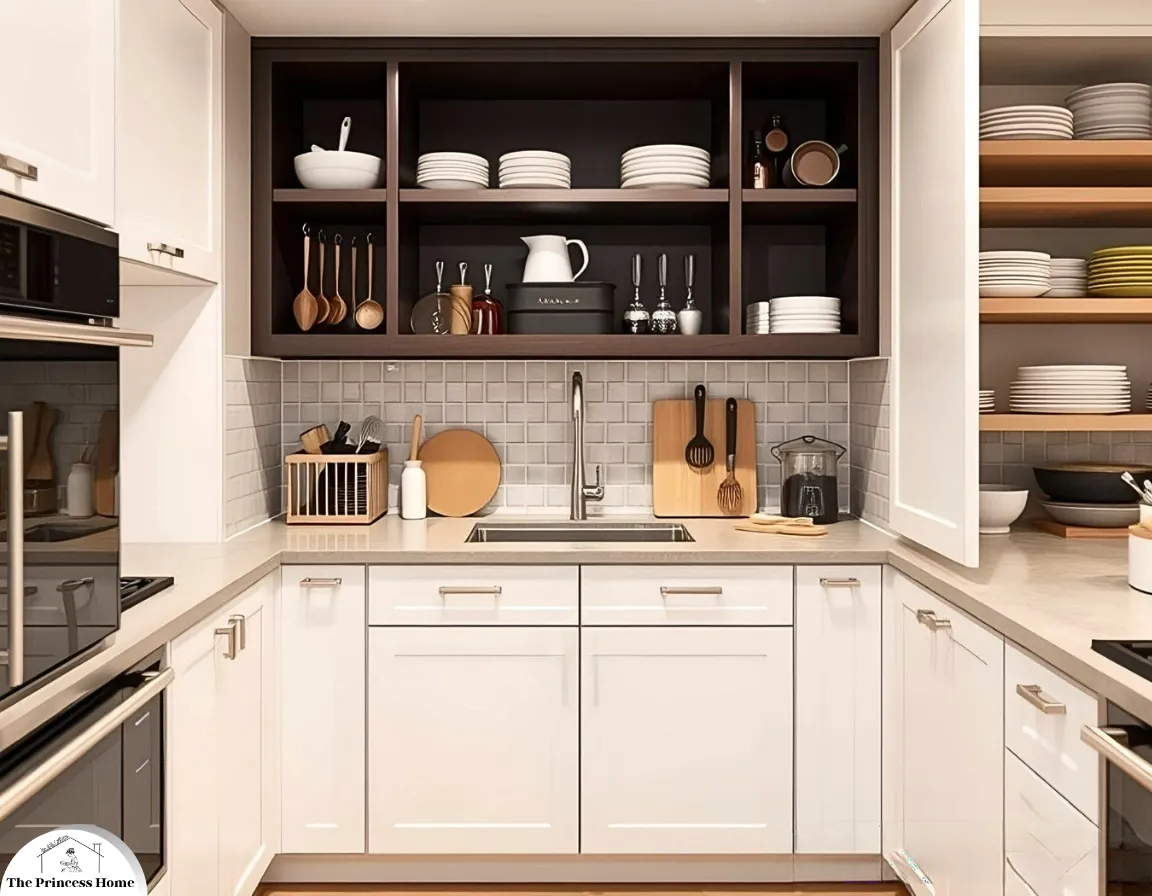
5. Storage Solutions:
Ample storage is essential for maintaining a clutter-free cooking area . The perfect kitchen incorporates a variety of storage solutions, including deep drawers, pull-out shelves, and vertical storage for trays and cutting boards. Pantries are a valuable addition, accommodating dry goods and kitchen equipment. Customized storage addresses individual needs, ensuring every utensil and ingredient has a designated place.
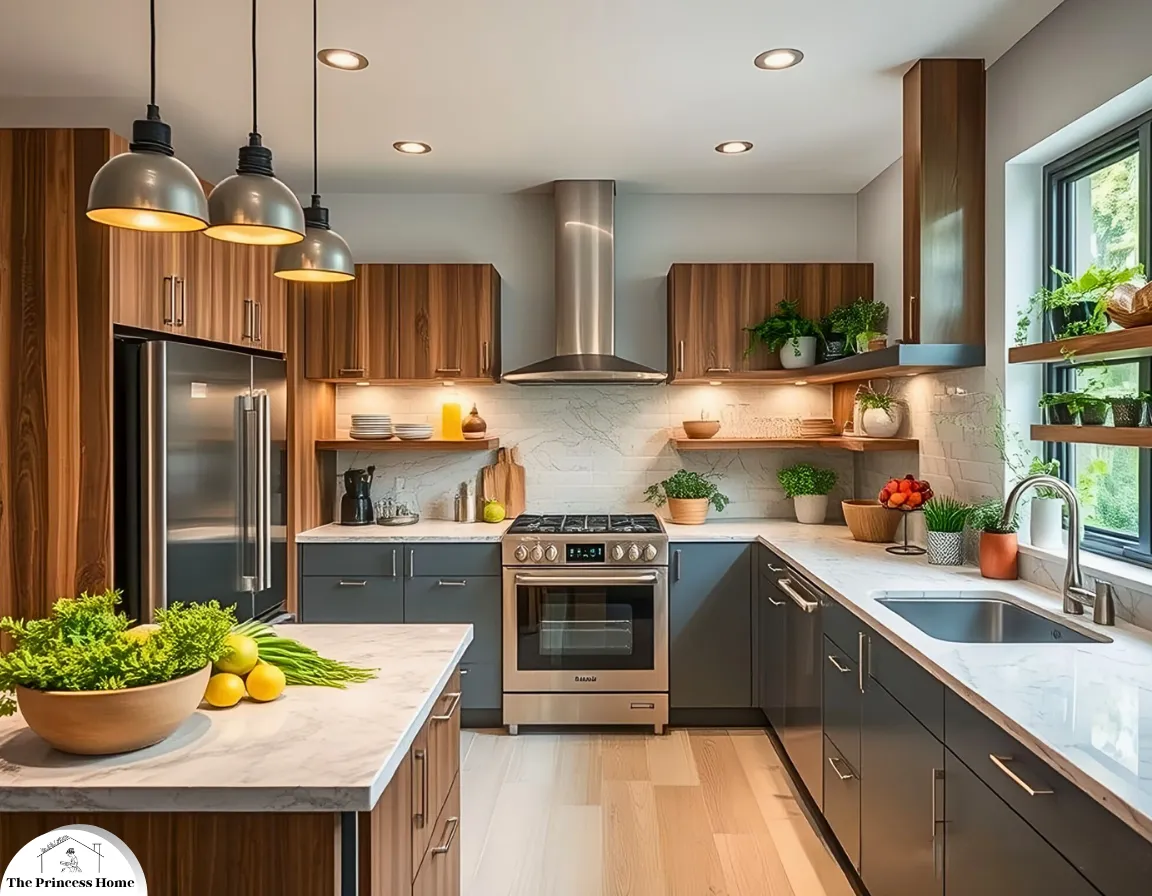
6. Sustainability and Green Design:
In the pursuit of perfection, a contemporary kitchen embraces sustainable practices. Energy-efficient appliances, LED lighting, and water-saving fixtures reduce environmental impact. Materials such as reclaimed wood, recycled glass, and eco-friendly countertops exemplify the marriage of aesthetics and eco-consciousness. Composting and waste separation systems further emphasize the kitchen’s role in promoting a greener lifestyle.
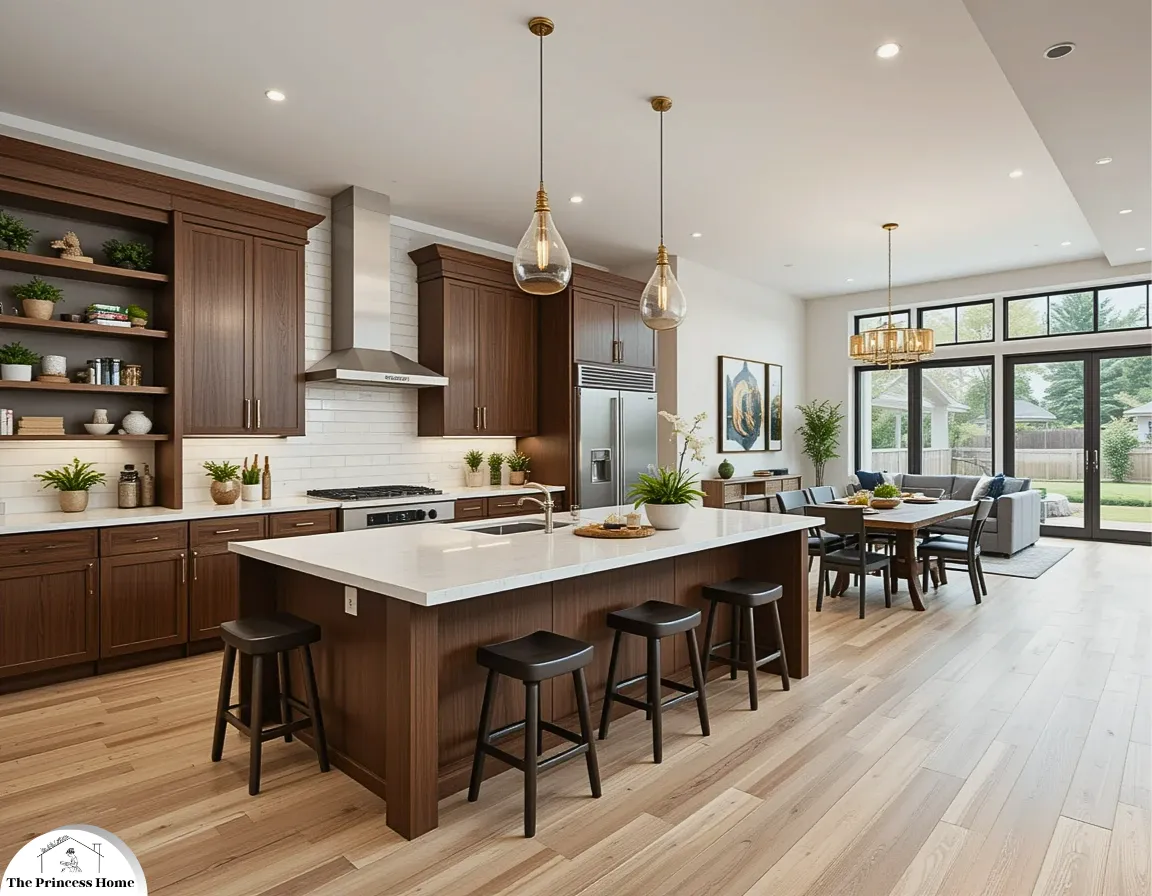
7. Social Space and Connectivity:
The perfect kitchen transcends its utilitarian function, evolving into a social hub that encourages interaction and connection. Incorporating a central island with seating fosters conversations while meals are prepared. An open-concept design blurs the boundaries between cooking area, dining, and living areas, enabling seamless flow during gatherings. The integration of technology allows for shared experiences, from cooking tutorials to virtual dinner parties.
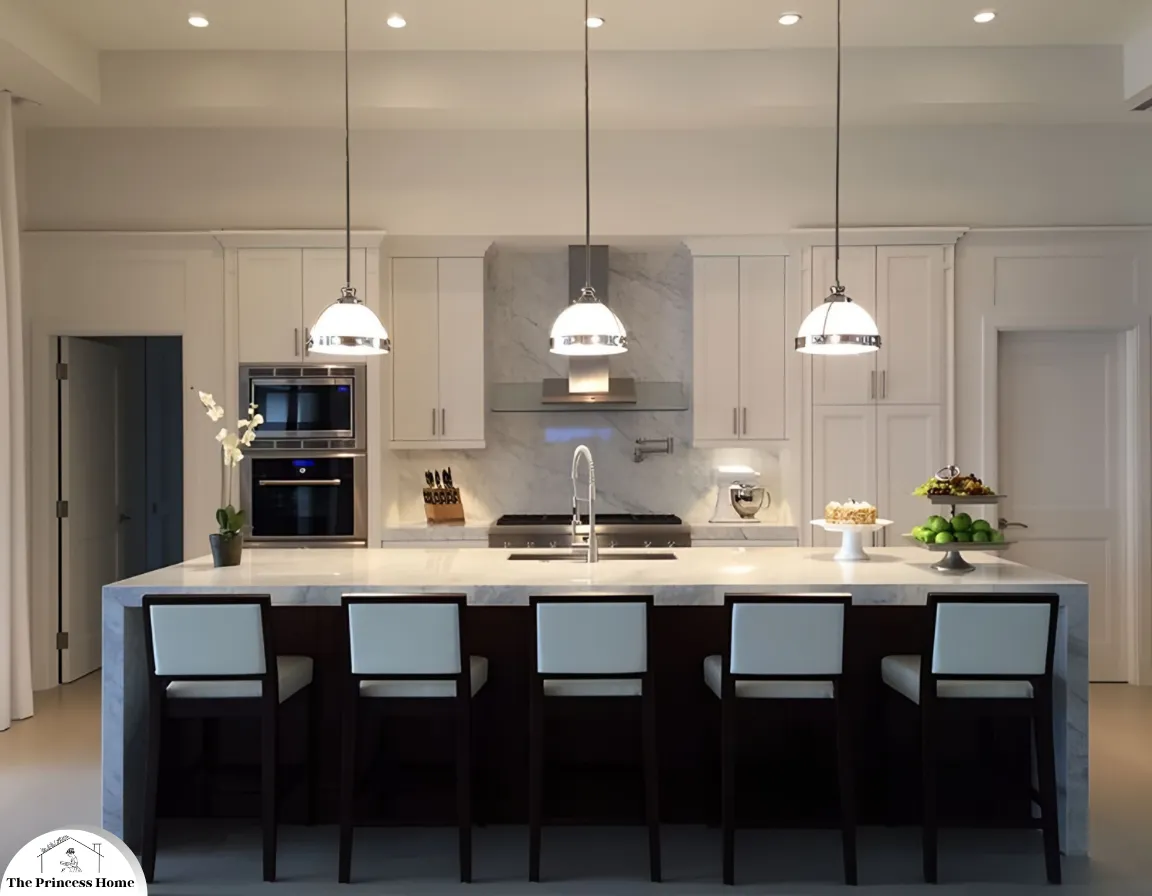
8. Quality Materials and Finishes:
Invest in high-quality materials for countertops, cabinetry, and flooring. Durable surfaces like quartz, granite, or solid wood not only elevate the kitchen’s look but also stand the test of time. Opt for finishes that resist stains and scratches to maintain a pristine appearance.
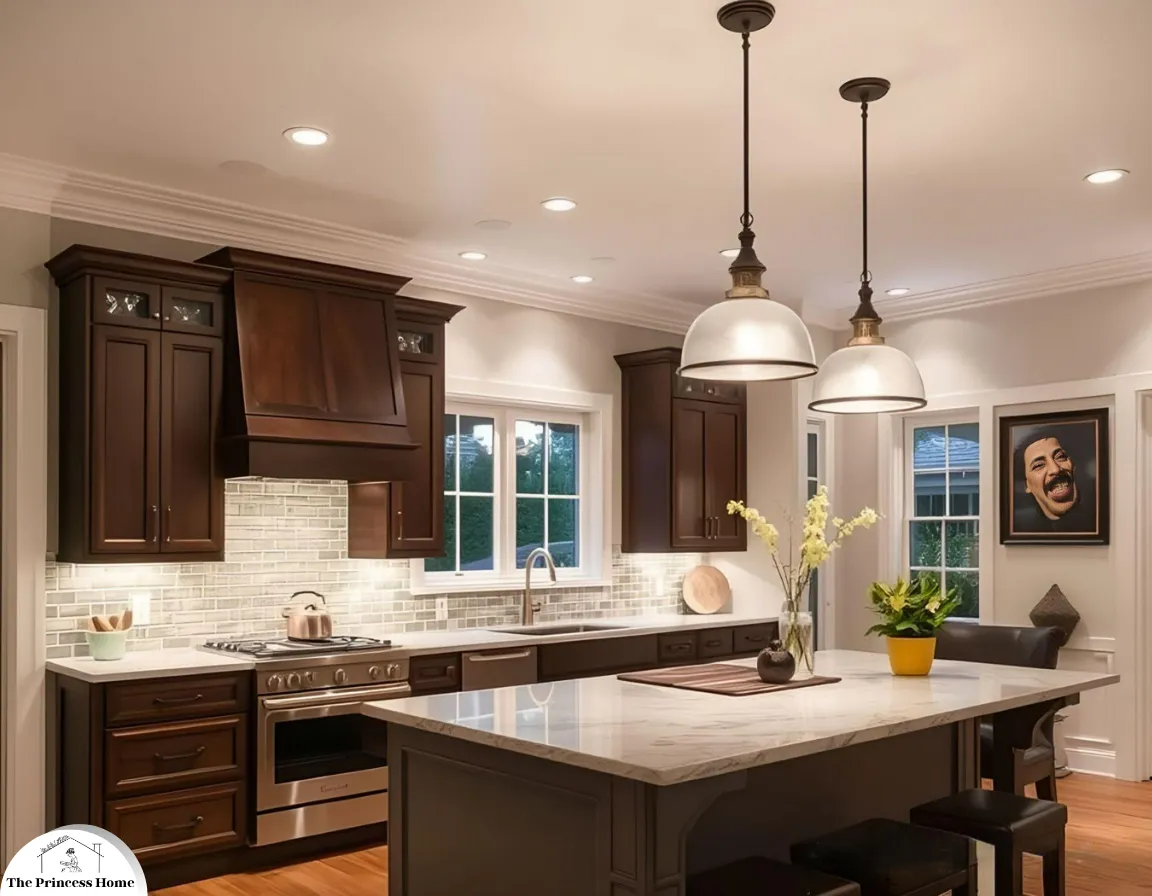
9. Layered Lighting Plan:
Go beyond basic overhead lighting. Combine ambient, task, and accent lighting to enhance functionality and mood. Under-cabinet lights illuminate worktops, pendant lights add style over islands, and accent lights showcase architectural features or décor.
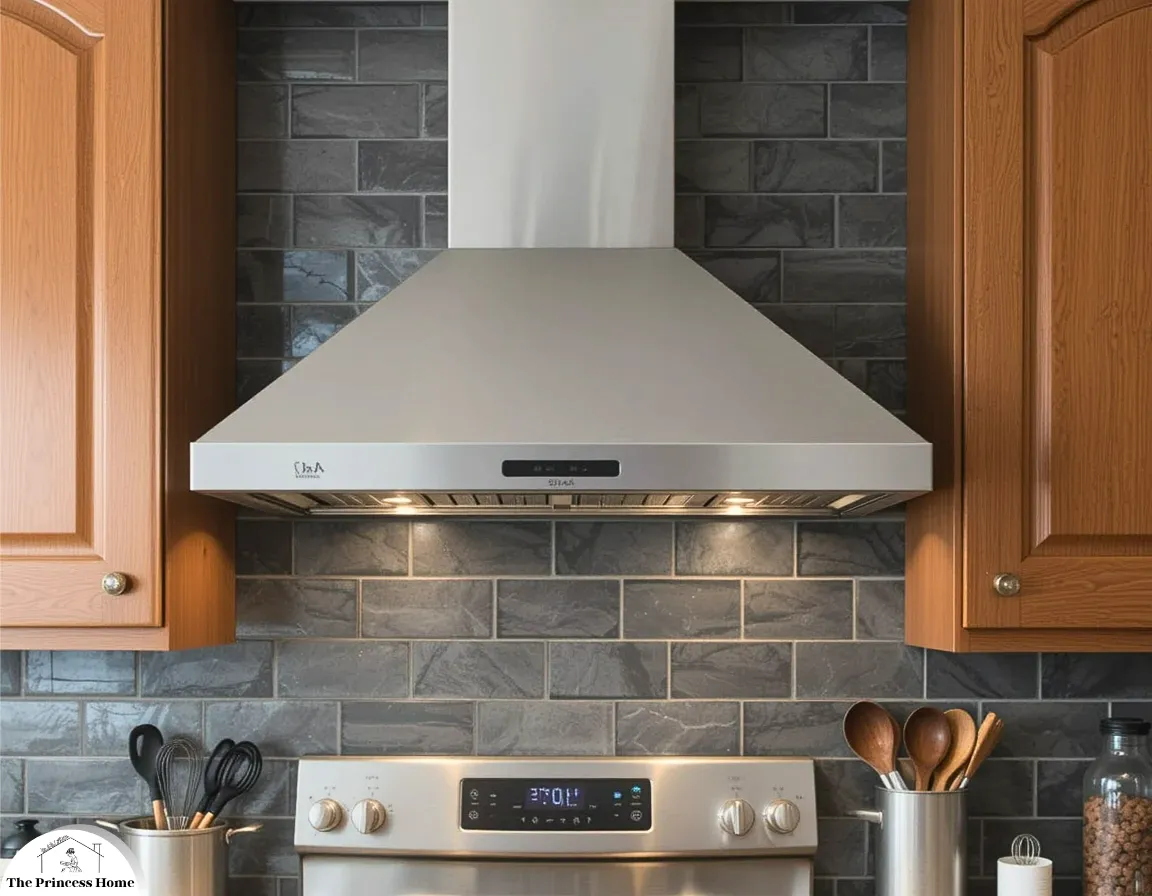
10. Ventilation Matters:
A good ventilation system is crucial for a comfortable kitchen. A high-quality range hood removes smoke, odors, and excess heat, preserving indoor air quality and protecting cabinetry from grease buildup.
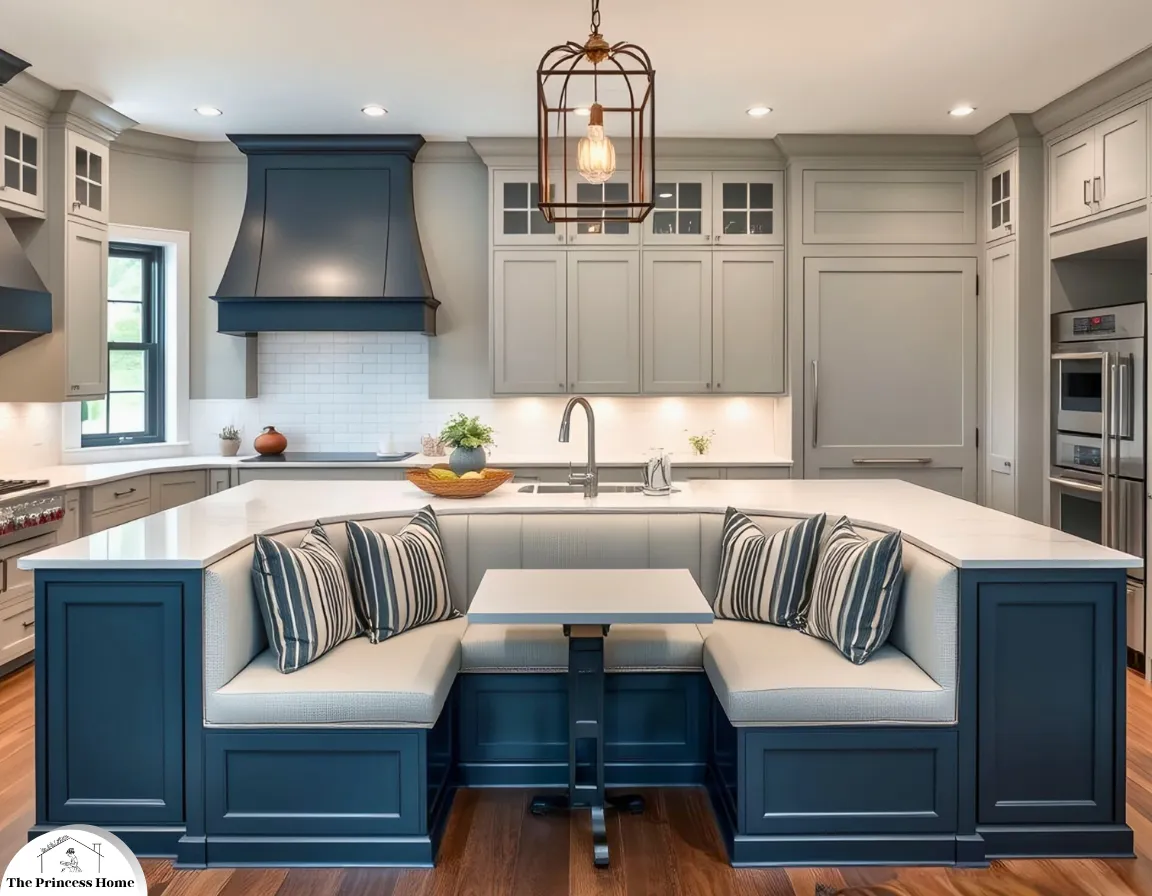
11. Flexible Dining Options:
Incorporate adaptable seating solutions, such as extendable islands, breakfast nooks, or built-in banquettes. This maximizes space and creates cozy spots for casual meals, homework, or socializing.
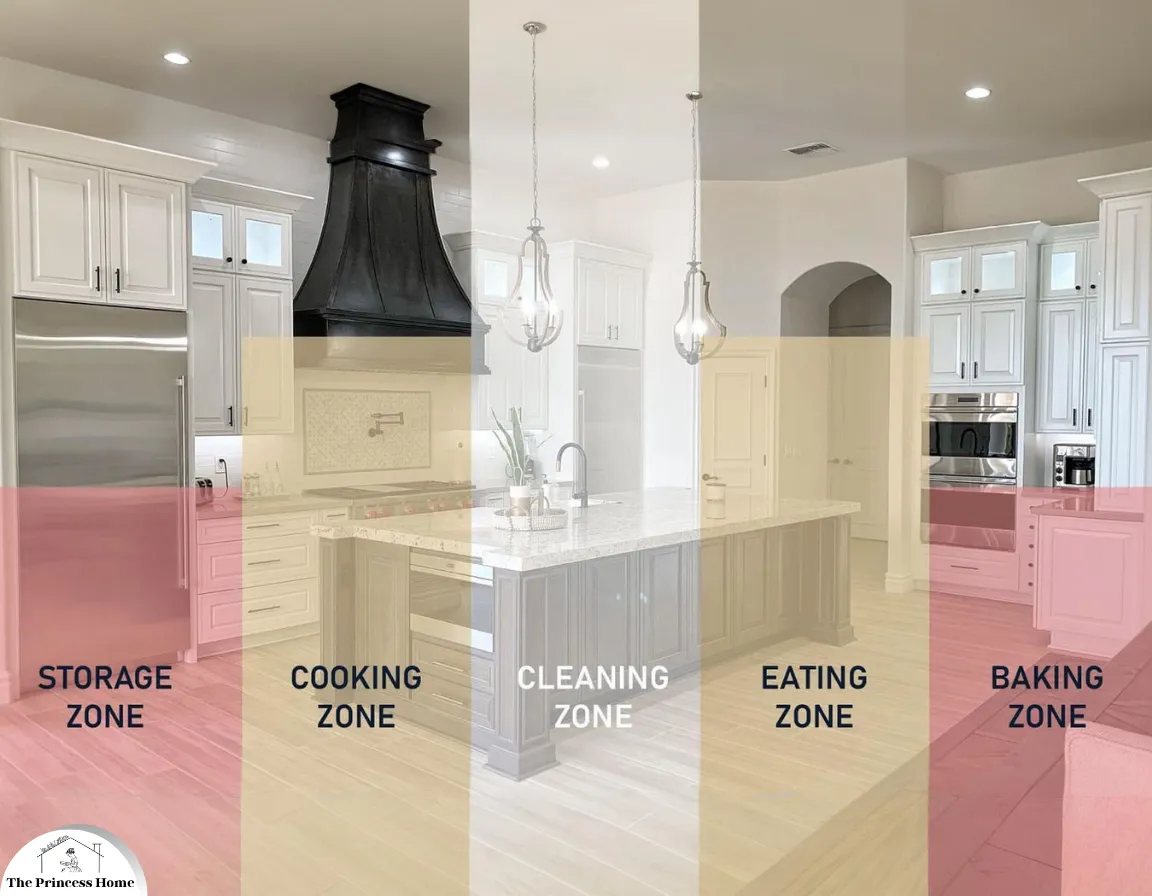
12. Smart Zoning:
Divide the kitchen into well-defined zones — prep, cook, clean, and store. Clearly organized zones improve workflow and prevent bottlenecks when multiple people are using the kitchen simultaneously.
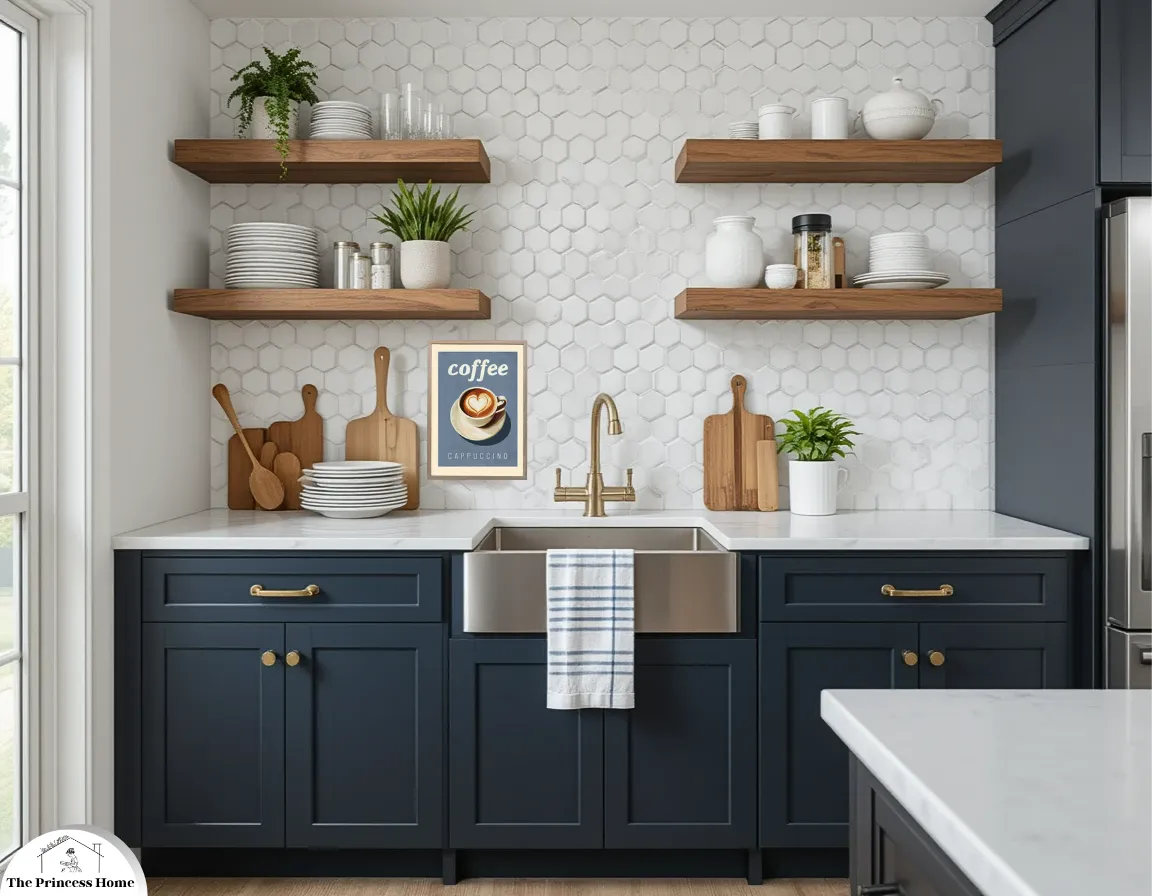
13. Personal Touches:
Add elements that reflect your style — open shelves for curated dishware, a statement backsplash, or unique hardware. These details make the space feel warm, welcoming, and truly yours.
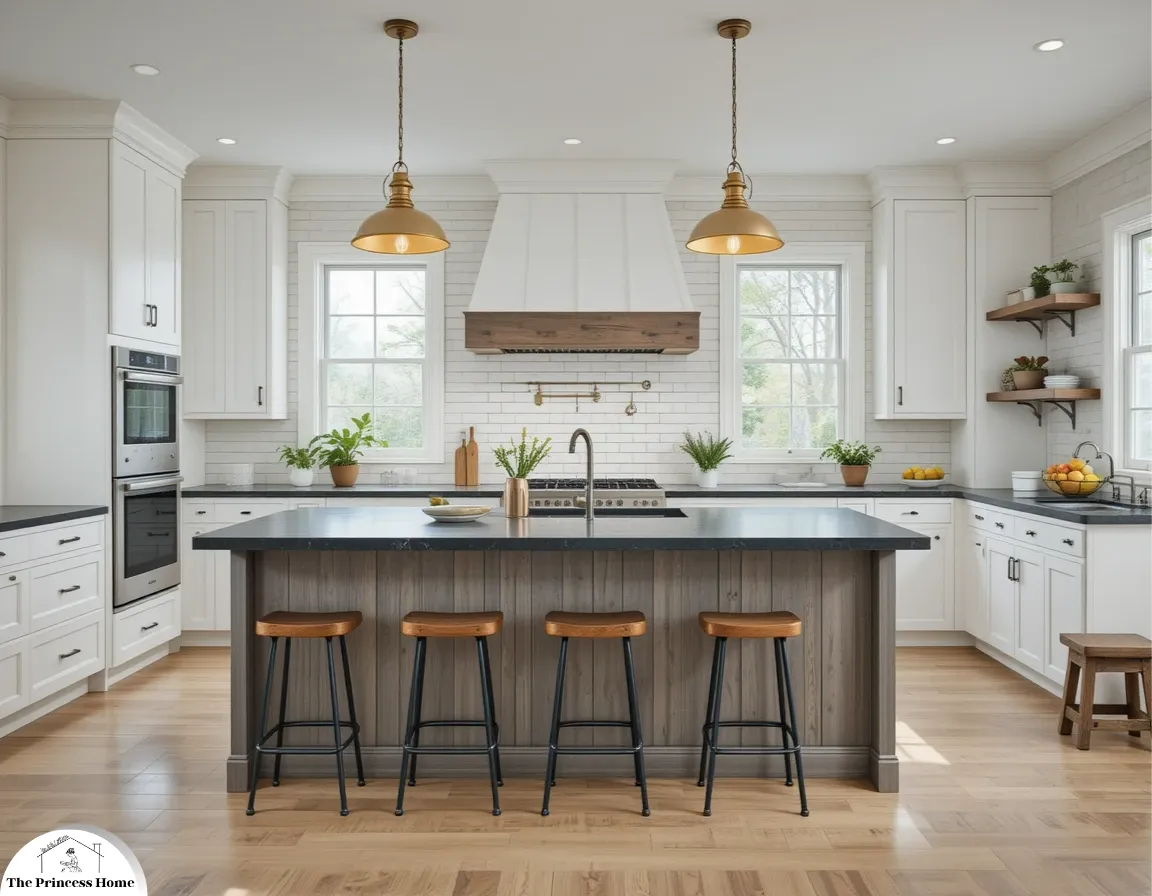
14. Easy-to-Clean Surfaces:
Select materials and finishes that are low-maintenance. Matte finishes hide fingerprints, large-format tiles reduce grout lines, and stain-resistant countertops simplify upkeep.

15. Adequate Power Outlets:
Plan plenty of conveniently placed outlets for appliances, charging stations, and future upgrades. Include USB ports and consider pop-up outlets for flexibility.
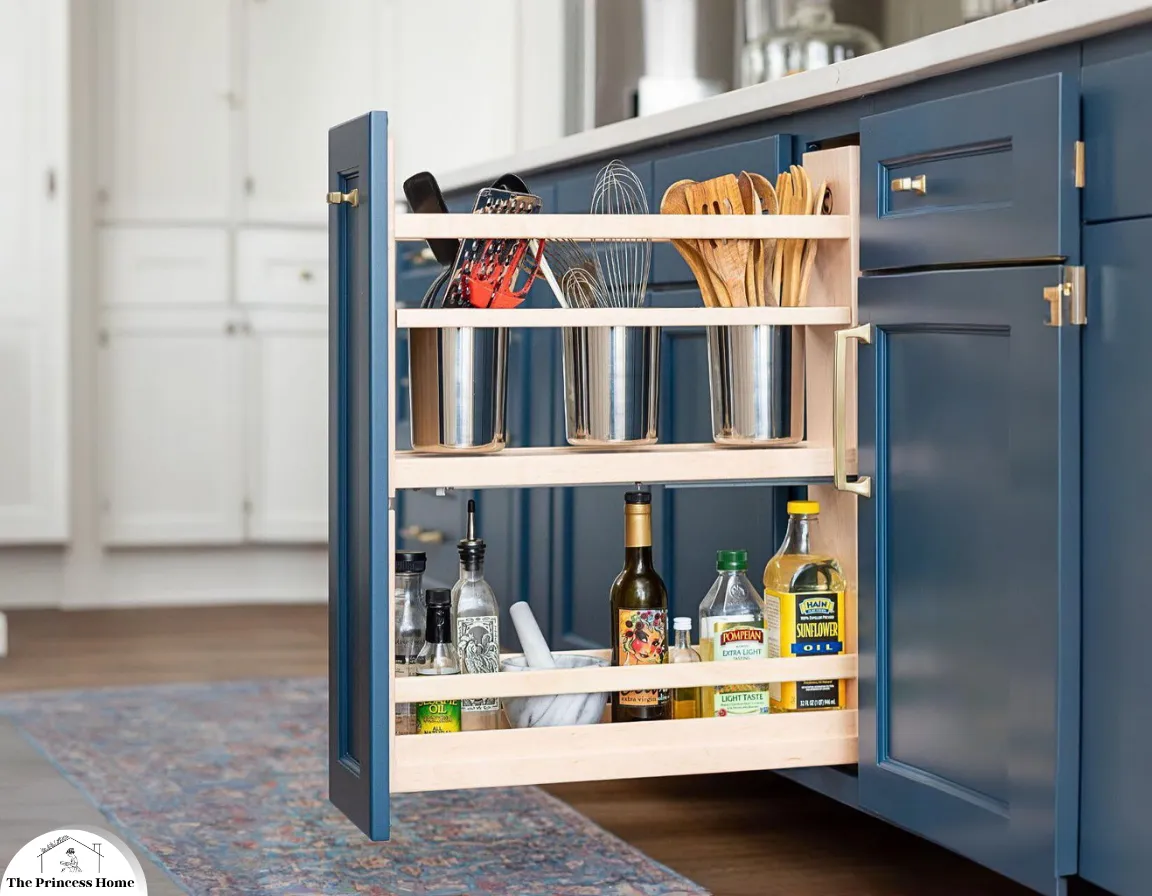
16. Hidden Helpers:
Integrate clever features like pull-out spice racks, built-in cutting boards, or appliance garages to keep everyday essentials accessible but out of sight, maintaining a tidy look.
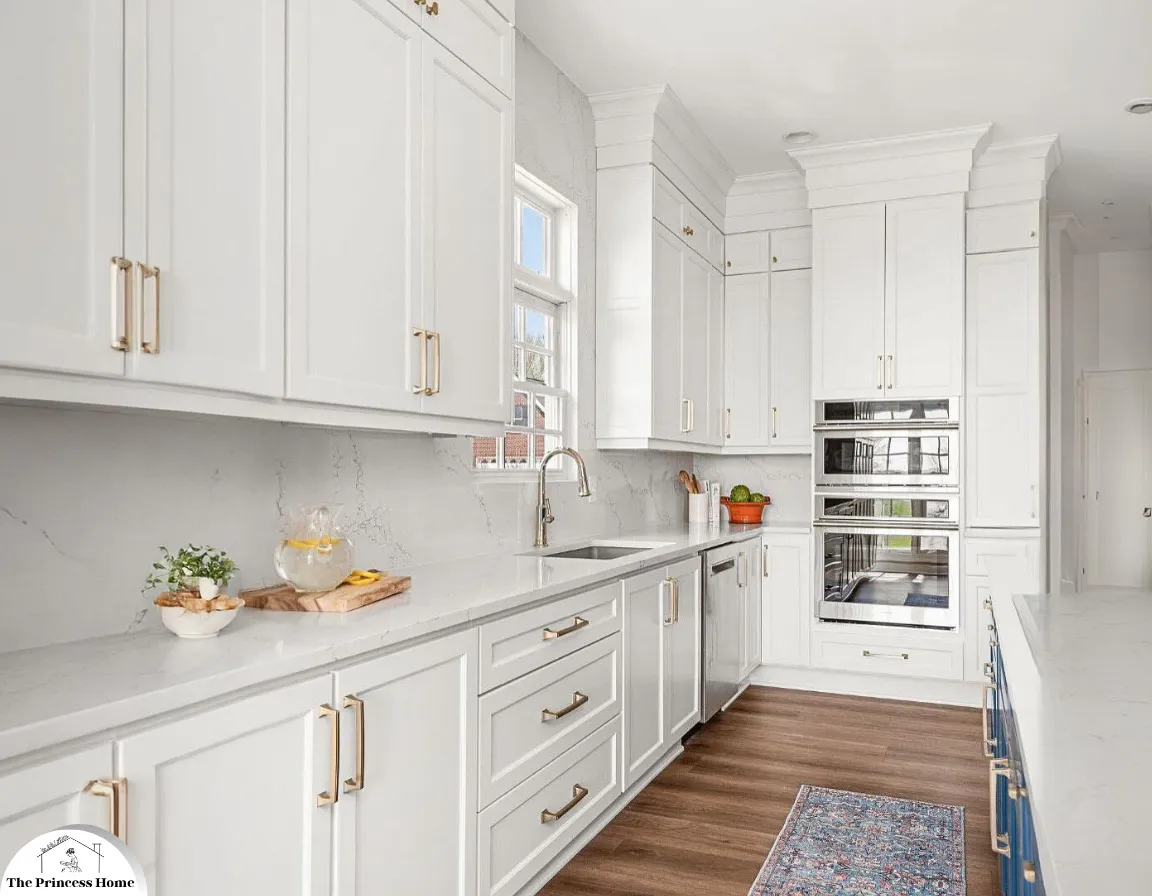
17. Future-Proof Design:
Design with adaptability in mind. Choose timeless styles and layouts that can evolve with your family’s needs. Plan for aging-in-place by including wider walkways, good lighting, and easy-to-reach storage.
Conclusion:
In the quest for the perfect kitchen, the amalgamation of aesthetics, functionality, and emotional resonance forms a tapestry that is unique to each individual or family. A successful design is not merely defined by its outward appearance, but by its ability to facilitate culinary creativity, nurture relationships, and adapt to evolving needs.
Q1: What are the key elements of an aesthetically pleasing kitchen?
A1: An aesthetically pleasing kitchen combines colors, materials, and design elements that resonate with the owner’s personality and lifestyle. Natural light is crucial, achieved through well-placed windows and skylights. This creates an inviting atmosphere and a sense of openness, contributing to the overall visual appeal.
Q2: How should I design the layout of my kitchen for optimal functionality?
A2: The layout of a kitchen should adhere to the work triangle, which connects the stove, sink, and refrigerator in a triangular pattern. This allows for efficient movement during food preparation. Additionally, consider the placement of countertops, storage, and appliances to ensure easy access and minimize clutter.
Q3: What is ergonomic design, and why is it important in a kitchen?
A3: Ergonomic design in a kitchen involves creating a space that is comfortable and efficient to use. This includes setting countertop and cabinet heights to match the user’s preferences, ensuring appliances are at a convenient reach, and reducing physical strain. Ergonomics enhance the cooking experience and contribute to long-term well-being.
Q4: What role does technology play in the modern kitchen?
A4: Technology has revolutionized with innovations such as smart appliances, induction cooktops, and integrated entertainment systems. Smart refrigerators can manage inventory, while induction cooktops offer precise temperature control. Technology also extends to recipe management, cooking tutorials, and virtual gatherings, enhancing the kitchen’s functionality and connectivity.
Q5: How can I optimize storage in my kitchen?
A5: Maximizing storage involves utilizing a variety of solutions. Deep drawers, pull-out shelves, and vertical storage for trays and cutting boards are effective options. Pantries are valuable for storing dry goods and kitchen equipment. Customized storage solutions cater to individual needs, ensuring everything has a designated place.
Q6: What is the concept of a sustainable kitchen design?
A6: Sustainable kitchen design focuses on minimizing environmental impact. This includes using energy-efficient appliances, LED lighting, and water-saving fixtures. Eco-friendly materials like reclaimed wood and recycled glass are employed, and waste separation systems and composting are integrated .
Q7: How can a kitchen be transformed into a social space?
A7: A cooking area can become a social hub by incorporating a central island with seating, enabling conversations while meals are being prepared. Open-concept designs that merge kitchen, dining, and living areas encourage seamless flow during gatherings.
Q8: How does the concept of a perfect kitchen evolve with changing lifestyles and technology?
A8: The idea of a perfect kitchen is dynamic, adapting to evolving lifestyles and technological advancements. As lifestyles change, the kitchen’s functions and features adjust accordingly. Technology plays a pivotal role in this evolution, enhancing convenience, connectivity, and culinary precision.
Q9: What is the emotional significance of a well-designed kitchen?
A9: A well-designed kitchen holds emotional resonance as a space where culinary creativity is nurtured, memories are created, and connections are fostered. The design, layout, and ambiance contribute to the kitchen’s ability to evoke positive emotions and enhance the overall living experience.
Q10: How can I personalize my kitchen design to reflect my personality?
A10: Personalizing your kitchen design involves choosing colors, materials, and design elements that align with your personality and lifestyle. Incorporate elements that hold sentimental value and consider unique features that cater to your specific preferences, making it a true reflection of who you are.


